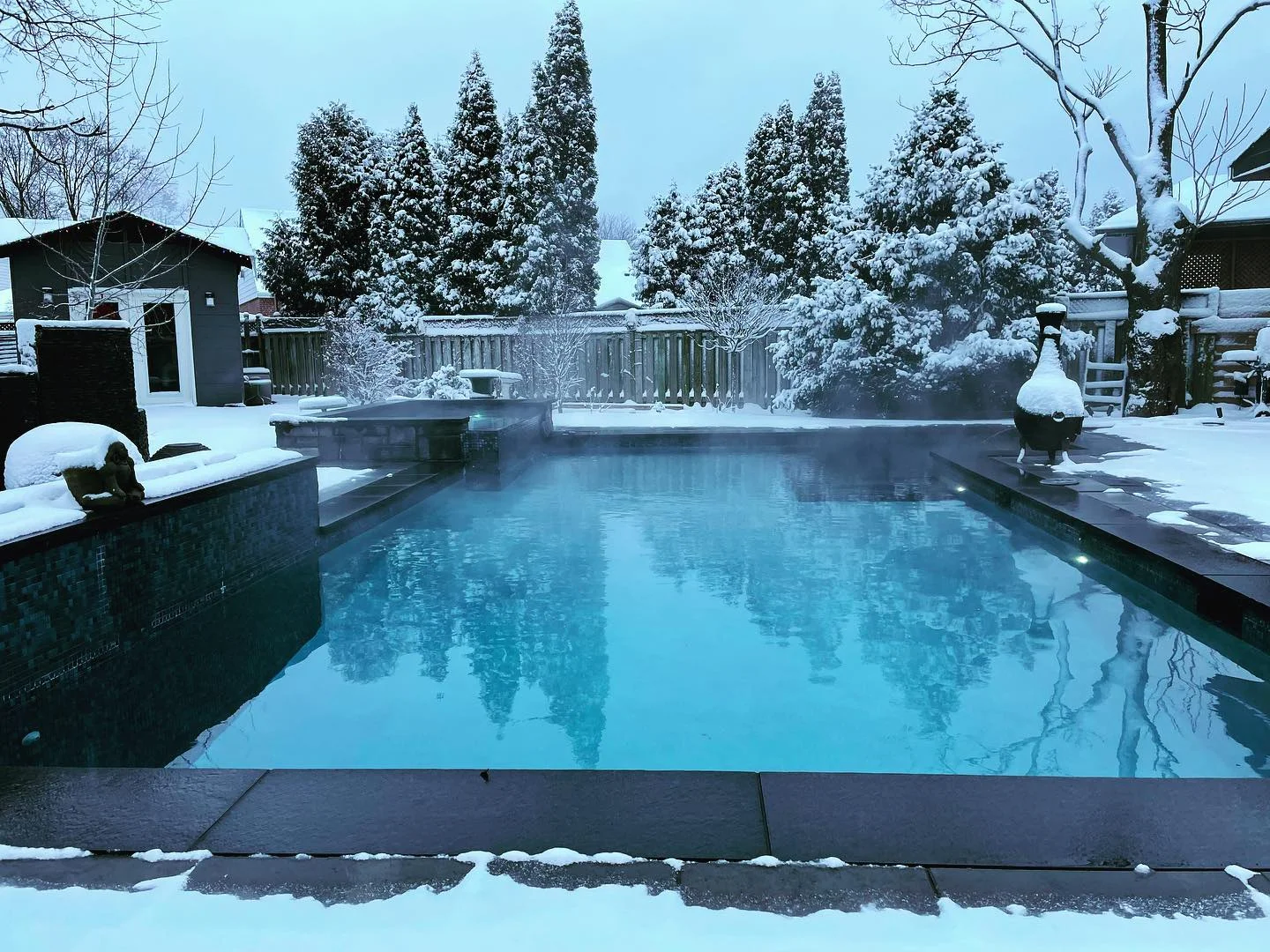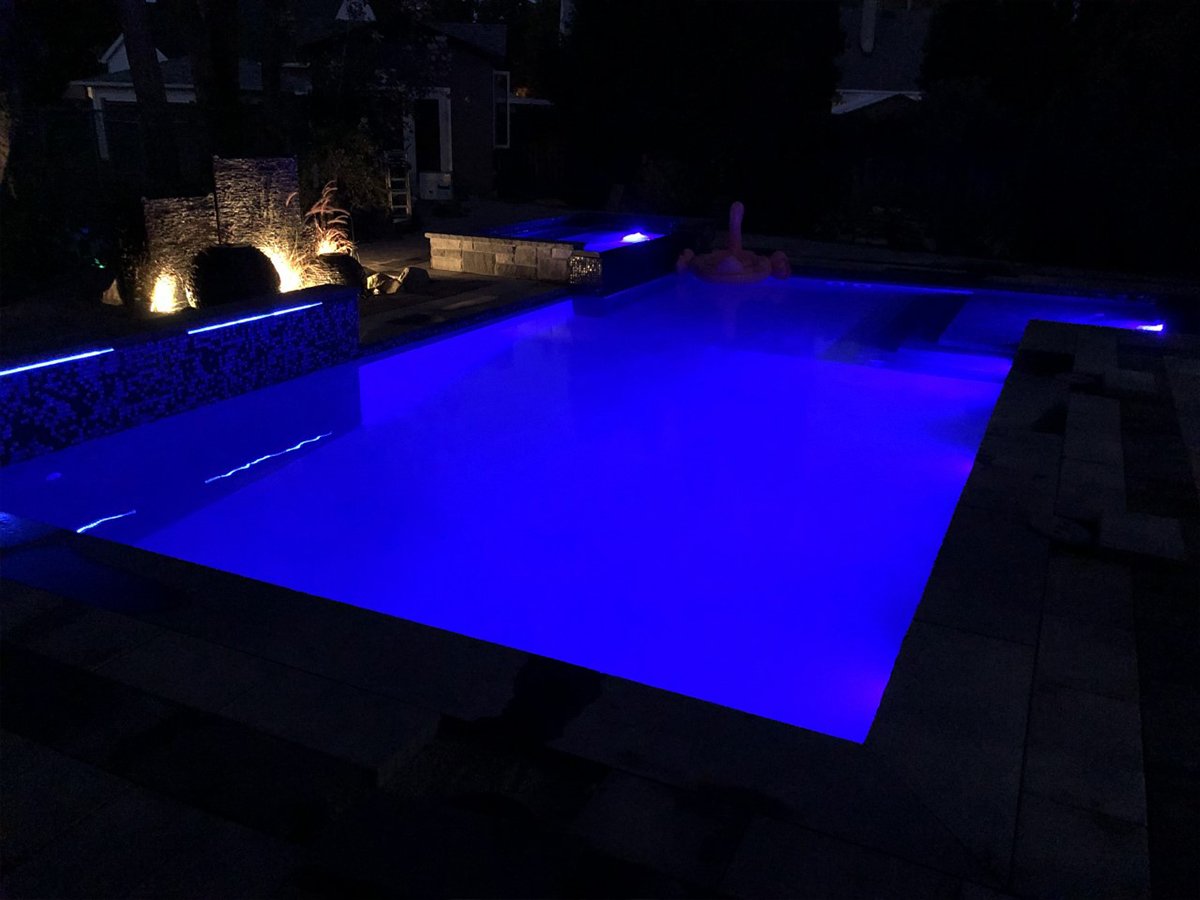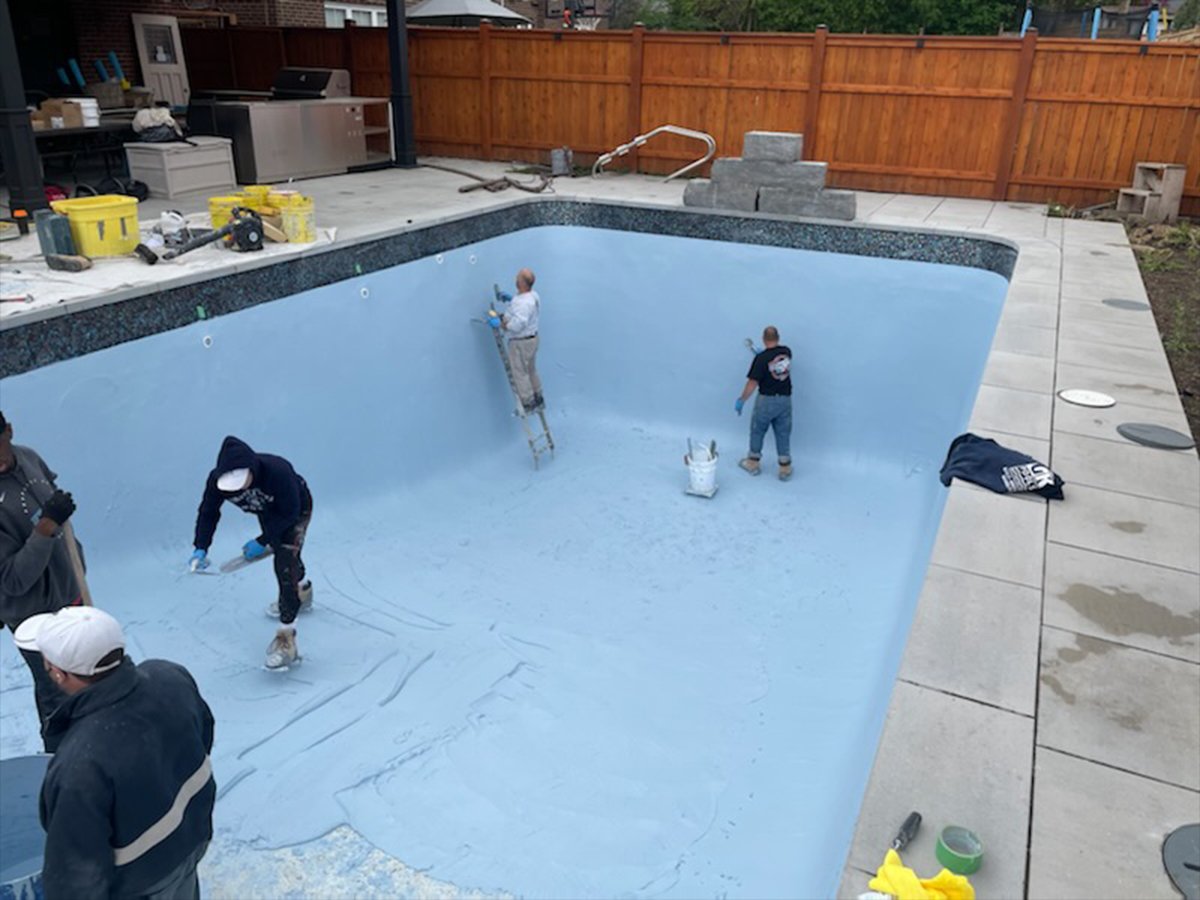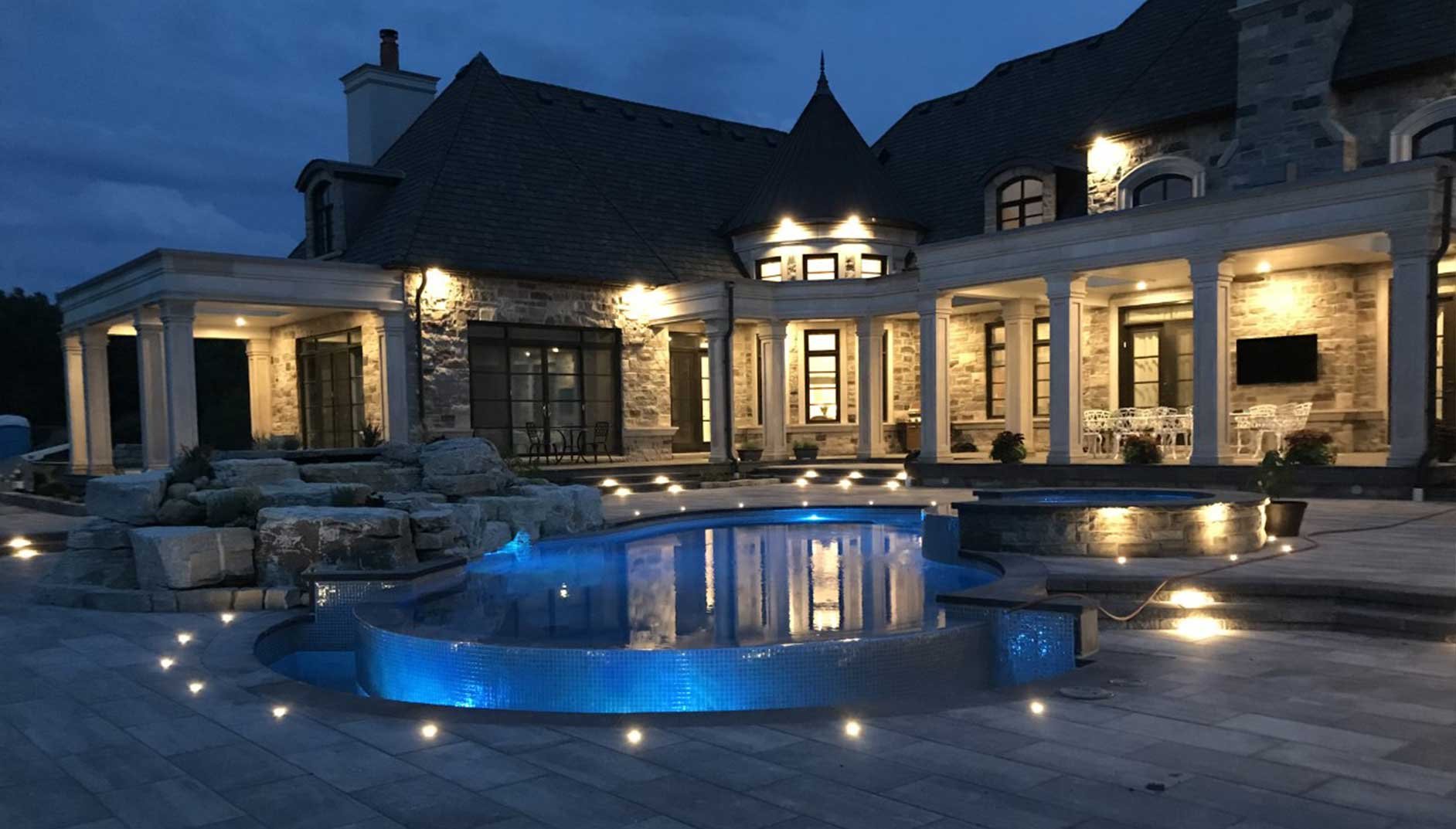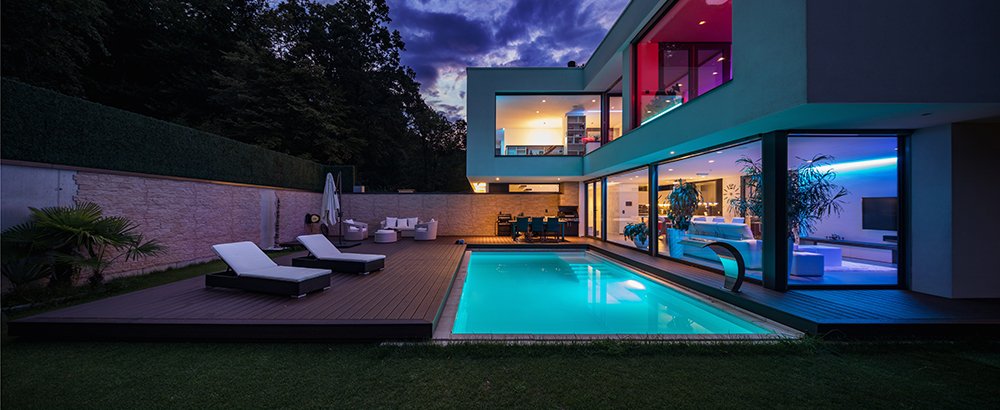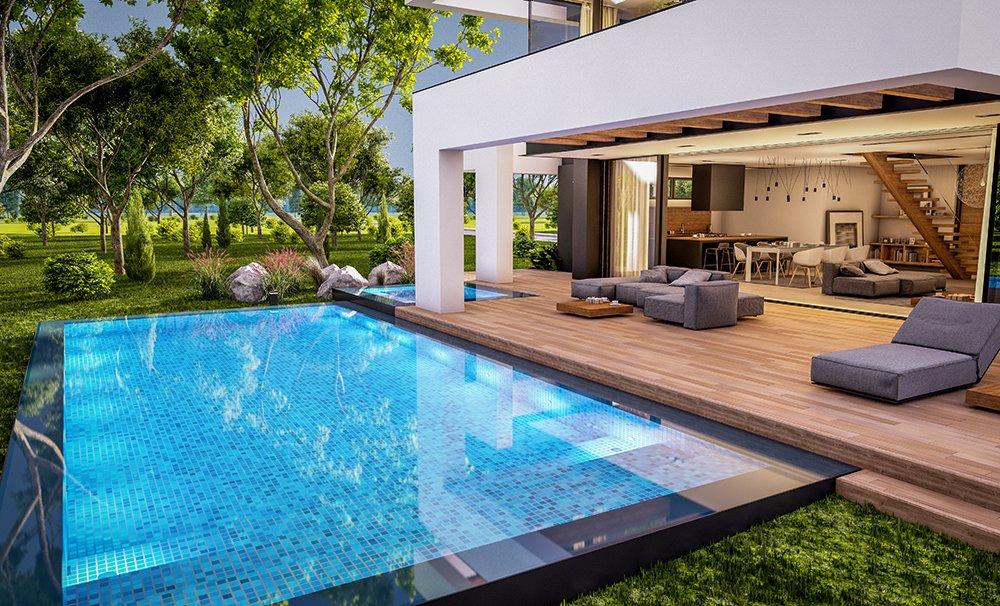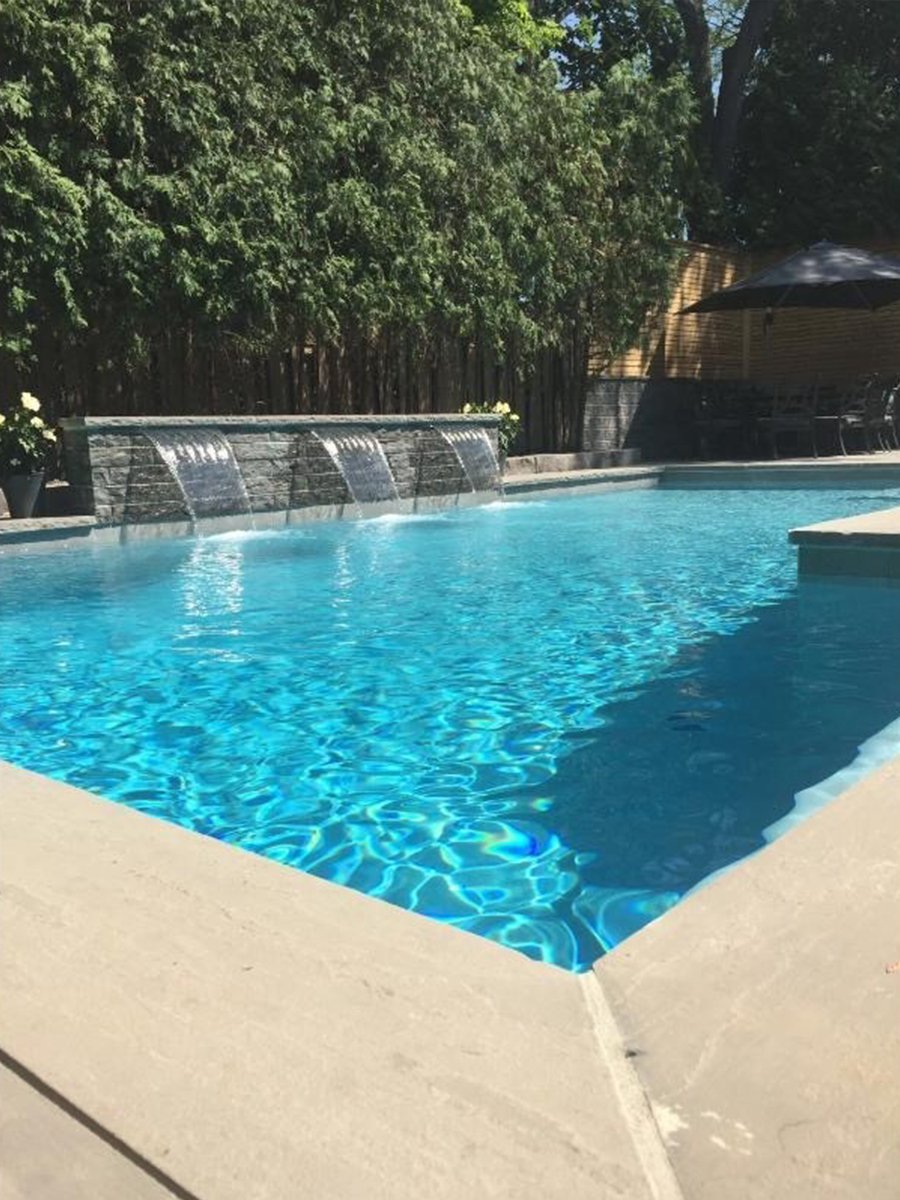Getting a swimming pool is a big investment and deciding on what type of pool you want is one of the decisions you’ll grapple with. If you think a concrete pool is an option for you or if it is one of the options you are considering, then you need to understand the pros and cons of building it and the process involved.
The words “cement” and “concrete” are often thought to represent the same substance. This is incorrect. Cement is a component of concrete, and not the same thing as concrete itself. Concrete is made of water, cement, sand, and a coarse aggregate (stone or gravel).
The concrete needs some time after it has been sprayed on before it can achieve its full potential. It doesn’t dry as much as it cures. Curing causes it to become more rigid and robust. It takes roughly 28 days to complete this process for a pool shell.
Concrete’s strength is measured in pounds per square inch (psi), which is the force required to crush a sample of concrete. The typical strength range for concrete is between 3500 and 4000 psi. The number of sacks of cement that are added to the mixture has an effect on it; the more cement that is added, the stronger the concrete will be. It takes a lot of force to crush concrete because the aggregate, which is made up of pebbles or gravel that are mixed in, has a very high compressive strength.
Concrete Pool Shells
Spraying shotcrete over a concrete form will result in a pool shell made of concrete. Sand, cement, water, and aggregate (of sand or gravel) are the four basic components that go into constructing shotcrete. Additional sand can be used instead of aggregate. It has been utilised for coating steel reinforcing bars for years to give them a smooth surface on top. This practice has been widespread.
Process of Building a Concrete Swimming Pool
The installation and initialization of a concrete pool can typically take anywhere from two to four months depending on pool size and additional features. Following are the typical steps involved in the construction procedure for concrete pools.
1. Concrete Pool Excavation – Several hours to two days
The builders will excavate the land and then either transport it to another location or keep it on the premises for future usage.
2. Forms Placement – One to two days
The builders first construct a cage out of steel bars, known as rebar, and then encase it in concrete. This helps prevent structural failure by creating a web of strength in the structure. It is important to keep in mind that increasing the amount of steel in concrete buildings, such as swimming pools, improves the structure’s ability to bend and move in response to its surroundings.
3. Internal Plumbing of Pool and Design of Hydraulics System – One to two days
The piping that will be used to circulate the pool water is installed by the builders prior to the placement of the concrete shell. They will have completed most of the plumbing installation before the steel phase began; but, because some of the plumbing is supported by the steel, it was installed after the steel phase.
During the process of placing the concrete shell, the construction crew should cover off this pipework and perform a pressure test. Before the placement of the concrete pool shell, it is customarily necessary to conduct a plumbing and steel inspection at this point in the construction process.
4. Concrete Shell Installation – One to two days
After the concrete shotcrete is placed in the desired location using a nozzle, the construction workers shape the concrete using trowels with both straight and round edges.
5. 28-Day Cure Time – Twenty-eight days (weather dependant)
During the curing process, certain molecules within the cement get hydrated with water. This makes the cement more stable. The more that concrete is allowed to cure or hydrate, the stronger it will become.
6. Waterproofing – One to three days
The builders will often waterproof the pool shell at this stage. They use a spray or a roller to apply the waterproofing material, after first carefully cleaning the surface and removing any imperfections.
7. Tile and Coping – Three days to two weeks
Because the surface of a concrete pool is porous and will become stained at the waterline, the first six inches of the pool must be tiled. The transition from the pool to the patio is made easier by the addition of coping, which can be made of concrete or stone, and is placed as a border around the perimeter of the pool. Tile and coping are normally installed at the same time by the same crew or contractor.
8. Patio Installation – One to two weeks
The base beneath the patio area is prepared by the builders by placing and compacting stone. After that, the patio is installed using a combination of concrete and stone. The time required for installation will depend on the size of the area and the materials used.
9. Marbelite – One day
The builders will apply the interior surface of the concrete pool during the last step of the construction process. Plaster is commonly used for this, and it is made up of many components, including cement, sand, marble dust, colour and water. After pumping it via a hose, the builders shoot it onto the pool shell using a gun and then trowel it to a smooth finish.
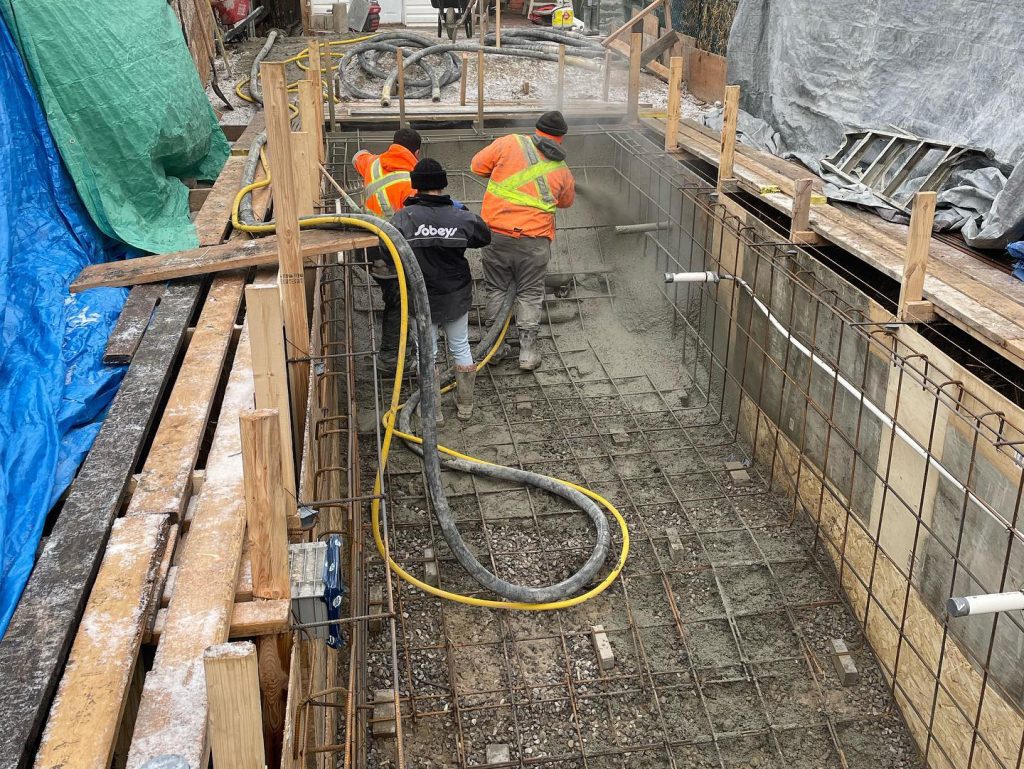
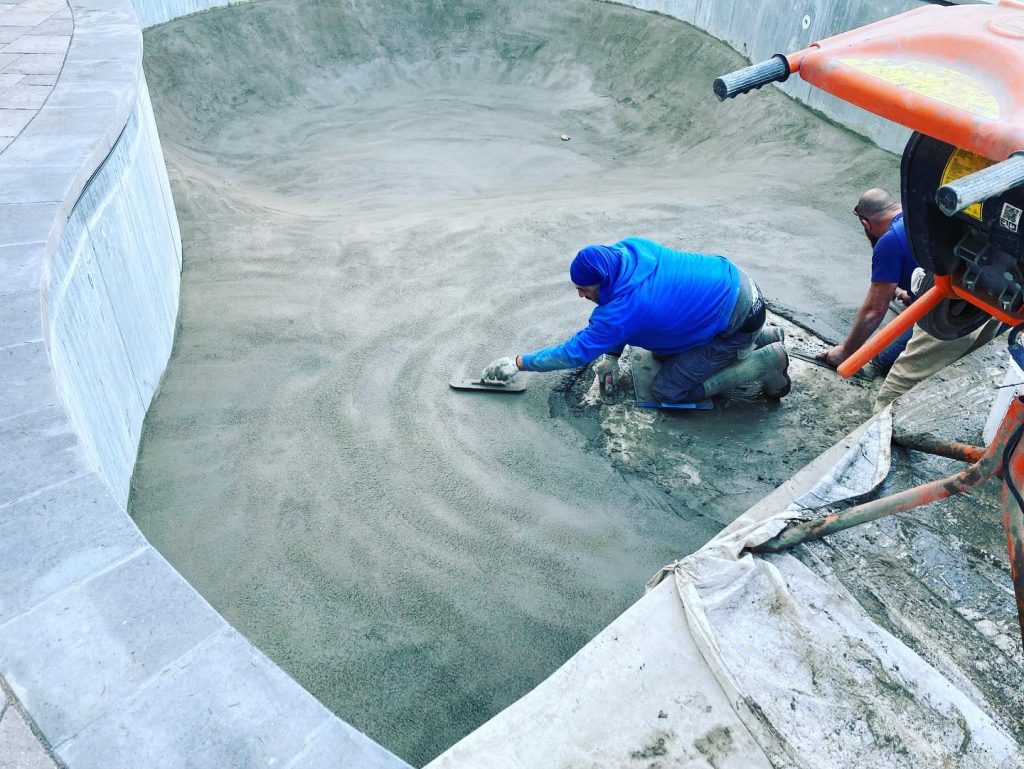
10. Concrete Pool Start-Up – Ten days
Every day, the water’s chemistry is to be checked and balanced. You may choose to perform this activity. To prevent marbelite dust from accumulating on the surface of the pool, you are required to brush it not once, but twice every day for at least the first ten days after it has been filled. The heaters for the pool should not be turned on until all of the marbelite dust has been cleaned up. At the very least, you should wait forty-eight hours before adding chlorine.
Common Characteristics of Concrete Pools to Common Characteristics of Concrete Pool
There are numerous reasons to appreciate your concrete pool and spa. If you want a high-quality, long-term investment, a concrete pool and spa are the finest options. Here are some of the reasons why people are pleased with their decision:
- Customizability is limitless: You may have whatever type of luxury pool you want created just for your backyard. There are almost no restrictions. Sunbeds, steps, additional seating options, and water features are all available.
- Pool finishes: When it comes to designing concrete swimming pools, the options are virtually limitless. There are numerous textures, colours, and styles to choose from, including pebble, marbelite, and all-tile. Because of their durability, they are a good choice for outdoor use. With proper maintenance, you may expect to own and enjoy your swimming pool for 20 to 30 years.
- Unrivalled durability: Many swimming pool owners say that their concrete pools last for years, making them excellent investments. Concrete pools are highly durable if properly maintained.
- Concrete pools are simple to keep clean. After they are installed, most concrete swimming pools require very little maintenance. Regular cleanings and maintenance, as well as periodic chemical treatments, are essential for keeping your pool in good shape.
- As a bonus, adding a pool and updating your yard will add long-term value to your home.
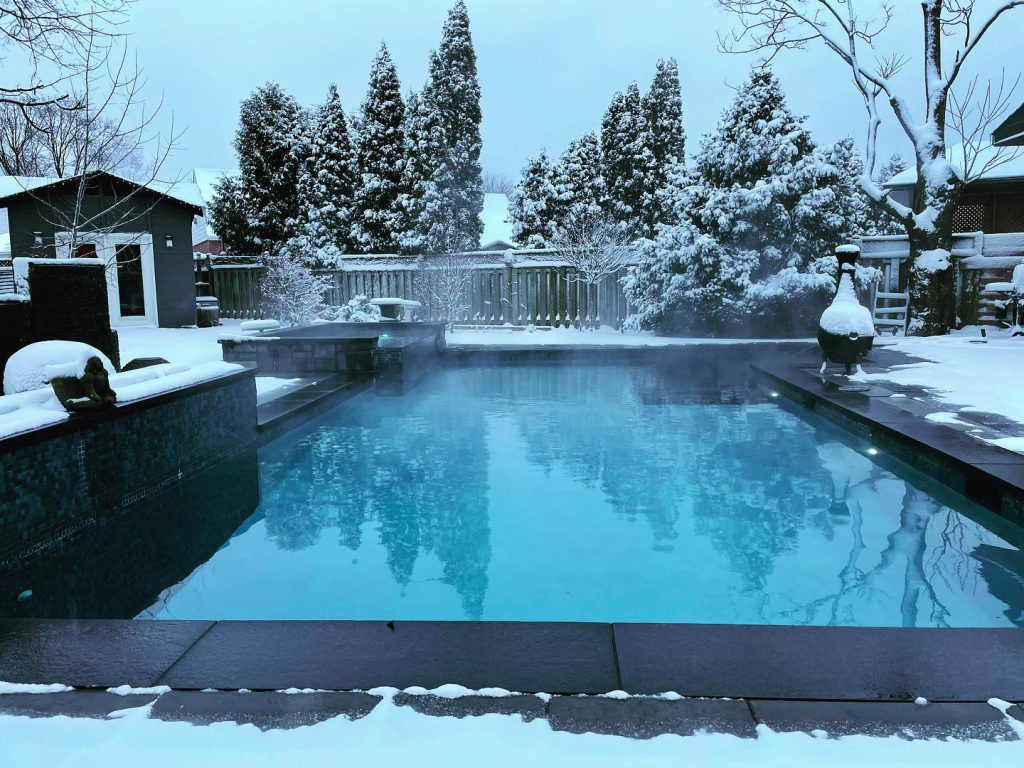
What is the maintenance cost for concrete pools? To What is the maintenance cost for concrete pool?
The costs of having a pool installed will depend on many factors including, but not limited to the following:
Location: Sloped land or other difficulties may demand specific design considerations. Difficult access (such as a narrow driveway) may present a challenge. Some installations may require tree trimming or removal. Other considerations are a rocky composition or below-the-water-table properties. If it’s hard to get to your yard due to neighbouring properties or other obstacles, it could influence excavation or the type of pool you can choose.
Patio size and material: The size and material of the pool terrace are big budget issues. Standard smooth or brushed concrete is the most cost-effective pool design. If you prefer stamped concrete and natural stone pavers, you can upgrade.
Water features: Any visual or audible way to return water to the pool is a water feature. These include a waterfall, rock waterfall, deck jet, and rainfall. They improve the pool’s sound, appearance and fun.
Square footage: This affects costs the most. Customized concrete pools offer practically endless size and design options, but that affects pricing. Concrete, steel, plaster, tile, coping, etc. cost more per square foot.
Additional landscaping requirements: After determining size, consider choices and upgrades. Budget for pool accessories and landscaping. Some options may not fit your plans, but it’s good to consider different options. You may also need a pool heater or automatic pool cover. If your pool is to be built on a slope, you’ll need a retaining wall.
Other Considerations When Opting for a Concrete Pool
What is the maintenance cost for concrete pools?
Concrete pools are easy to maintain. On average, the cost of maintaining a concrete pool is between $150 and $350 annually, depending on the size and the type of pool cleaning services you decide to use. Some of the most common maintenance tasks for a concrete pool include:
- cleaning the filter
- clearing the skimmer basket
- scraping off algae from the sides of the pool
- maintaining the pump
- replacing the water in the pool
- removing leaves and debris from the pool
- checking the pH level
- testing the chlorine levels
- Inspecting the pool walls
- repairing cracks or holes in the pool deck
How long do concrete pools last?
Concrete pools can last from 30 to 40 years, depending on how they are maintained. If you have a concrete pool, it is important that you keep it clean and free of algae. This will help your pool stay looking good for longer.
You should also regularly check the pH level of your water and make sure that there are no signs of corrosion or rusting. In addition, it is important that the pool is properly insulated so that it doesn’t get too hot during the summer months.
Finally, if you notice any cracks in your concrete pool, you need to contact a professional who can repair them as soon as possible.
How long can I leave my concrete pool empty?
Nowadays, modern concrete pools are constructed in such a way that they can remain empty for extended periods. However, you should not keep them that way, as they can still crack if the water level below the ground rises.
The most important thing you can do for your pool is to have it serviced on a regular basis by a pool technician who has experience and training in the field. This will guarantee that any problems are noticed early on, allowing them to be dealt with before any damage is done to the system because of their presence.
How to resurface a concrete pool?
Marbelite is the material that you should use if you need to repair the inside of your pool, as it is the best option available. You have the option of employing a specialist to chip away at the old plaster until it is reduced to its core if you find that removing the old plaster by sanding it is too difficult for you to do on your own.

